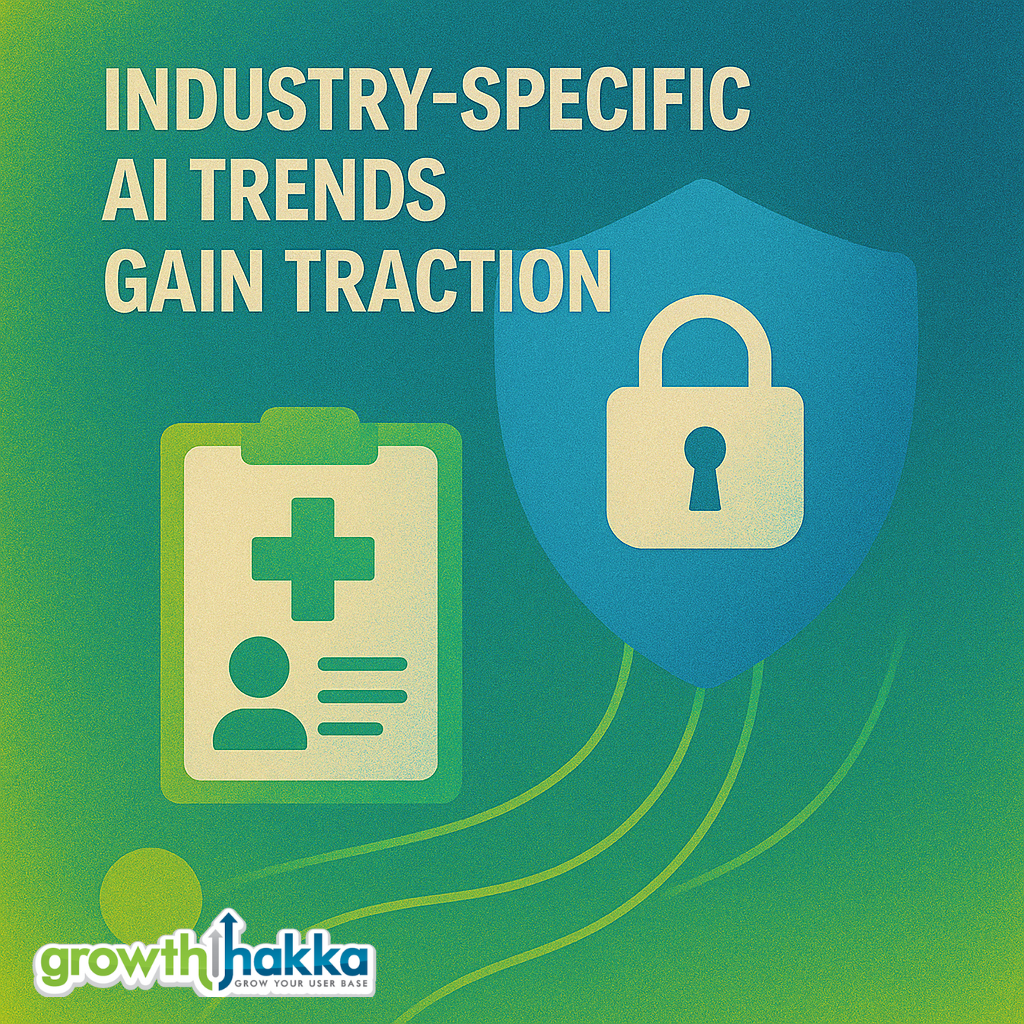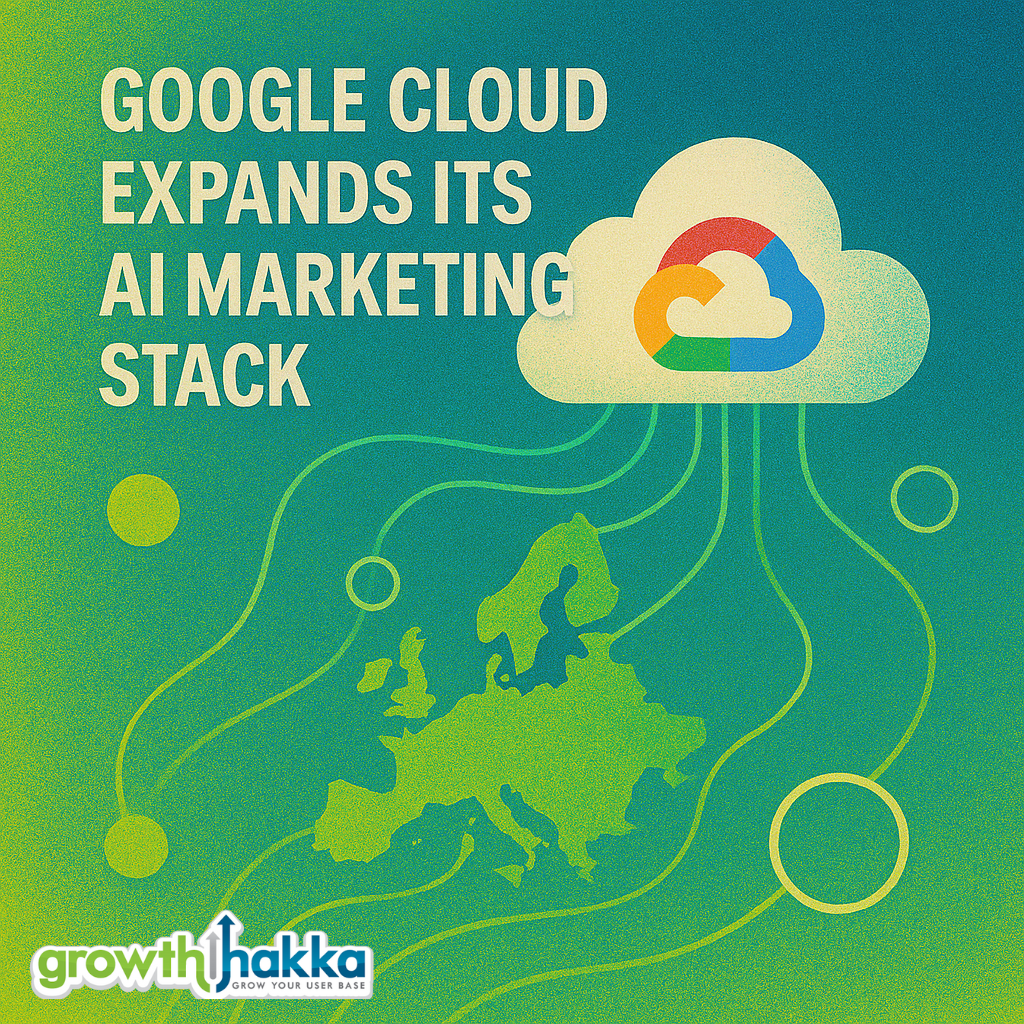From smarter AI personalisation to Spotify’s latest advertising tools and the growing role of AR/VR in campaigns, today’s marketing news rounds up major tech shifts shaping 2025. Here’s what matters most for forward-thinking brands and agencies looking to stay competitive in a fast-evolving landscape.
AI-Driven Personalisation Sets a New Standard
AI-enabled personalisation is fast becoming the standard across marketing. Businesses are using advanced tools to customise user experiences at scale—from AI-written emails and tailored product recommendations to predictive analytics and SEO-optimised content creation. These techniques not only personalise messaging but also accelerate content production and ROI through data insights and automation.
This evolution ties closely to marketing automation platforms, which now integrate predictive journey triggers and AI-crafted creative, ensuring higher relevancy across email, web, and paid touchpoints.
Next-Gen Campaigns: AR, Short-Form Video & Social Shopping
AR and VR, once too costly or niche, are seeing a resurgence in 2025. Marketers are revisiting immersive platforms to engage users in more experiential campaigns, bolstered by more affordable tech and platform support. Anticipated investment across sectors reflects a shift towards not just high-impact visual storytelling but interactivity.
Meanwhile, short-form video remains dominant across TikTok, Instagram Reels, and YouTube Shorts, especially for Gen Z engagement. These formats are now often integrated with seamless in-platform shopping, with platforms doubling down on native e-commerce infrastructure.
Investments in AI Strategy Accelerate
AI adoption is not just growing—it’s accelerating. SAP is embedding AI in over 400 enterprise use cases, with functionality spanning procurement to customer service. Simultaneously, Stanford HAI’s 2025 Index shows U.S. private AI investment hit $109.1 billion in 2024. Organisations are using AI not just for efficiency but workforce augmentation, customer intelligence, and process automation, aiming to close skill gaps and drive top-line outcomes.
Brands without an AI roadmap risk falling behind as competitors use embedded intelligence to gain margin, scale insights, and reduce campaign waste.
Spotify Breaks Ground with Programmatic & GenAI Ads
Spotify’s launch of its Programmatic Ad Exchange (SAX) marks a significant shift in audio advertising. Advertisers can now bid in real time to reach logged-in Spotify users globally, using DSPs like DV360 and The Trade Desk. The platform is also rolling out GenAI Ads tools in North America to help brands generate audio scripts and AI voiceovers, lowering barriers to high-quality audio ad production.
This dramatically streamlines media buying and creative development for both global advertisers and challenger brands, offering creative agility without budget bloat.
AI-Powered Campaigns: Unlocking Personalisation, Efficiency & Caution
Google and Meta are promoting AI-powered ad solutions to small businesses, promising hands-free optimisation, auto-targeting, and rapid creative deployment. However, these features come with trade-offs: less control, higher burn risk, and potential misalignment with long-term strategy.
Successful brands are approaching AI not as a hand-off but as a co-pilot—ensuring automation supports brand positioning, lifecycle strategy, and performance integrity.
What This Means for Marketers
– Prioritise personalisation: AI enables you to deliver one-to-one experiences at scale. Review your automation stack and assess where predictive or generative tools could unlock efficiency.
– Get AR/VR ready: Reconsider immersive channels, especially for brand-led storytelling, product demos, and event experiences. Costs are dropping and consumer familiarity is rising.
– Seize short-form and social shopping: Accelerate your focus on video-led content with e-comm tie-ins. TikTok and Reels campaigns should integrate commerce and CTA design strategically.
– Embrace AI-powered media buying, but maintain oversight: Tools from Meta, Google and Spotify can stretch both reach and creativity, but require governance to align with business objectives.
– Future-proof your strategy: AI investments are scaling rapidly across industries. Ensure your internal martech and data infrastructure are fit for the AI-enabled marketing landscape of the next 12–24 months.
The pace of innovation continues to climb. Smart marketers will act now, combining experimentation and strategy to ensure they’re ahead of the curve before these tools become prerequisites.


